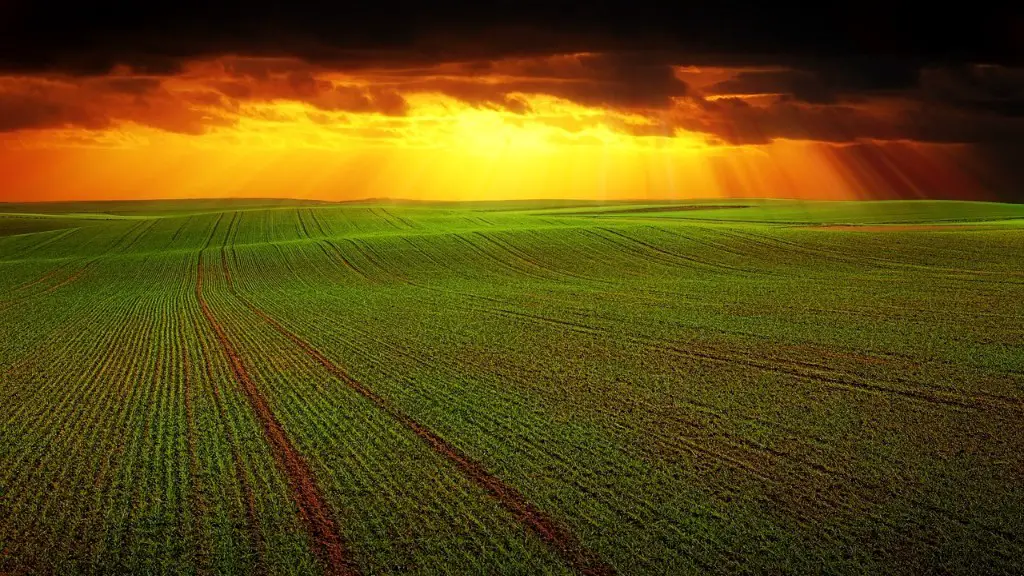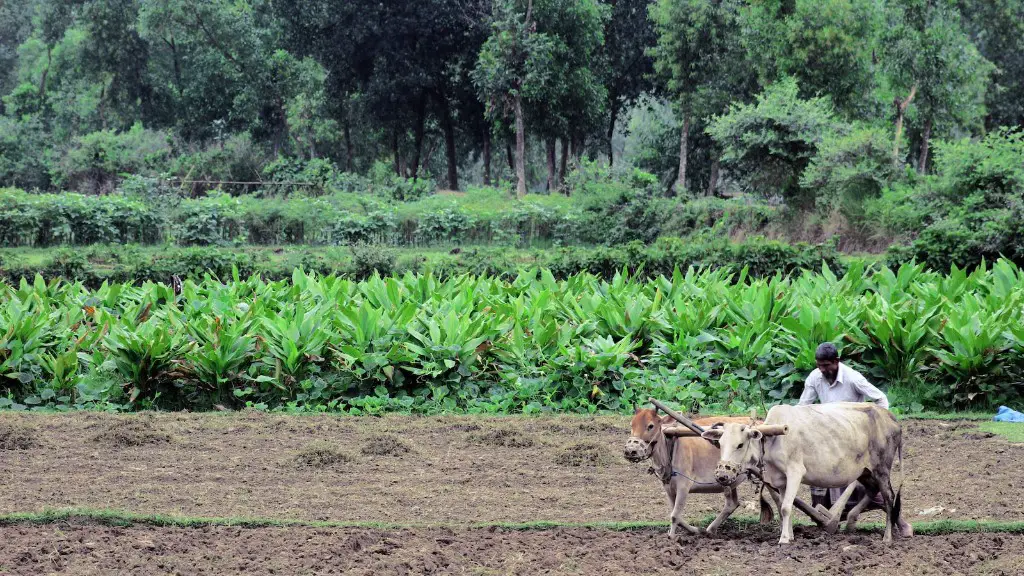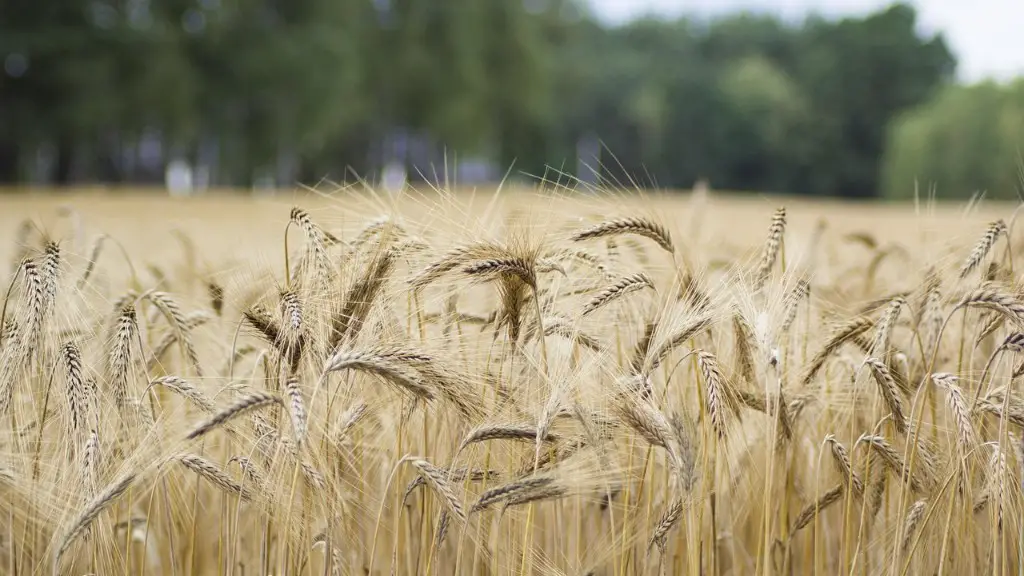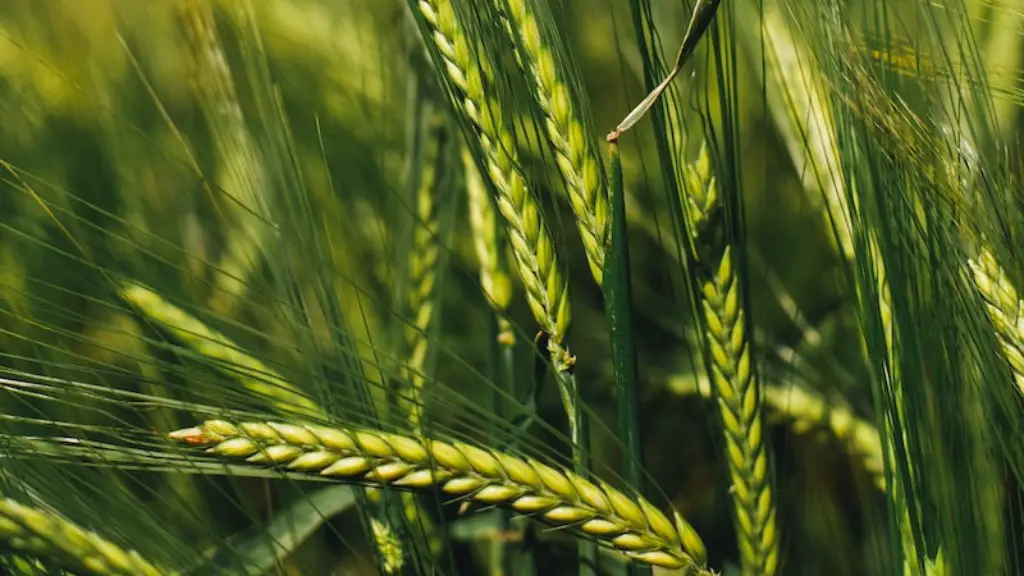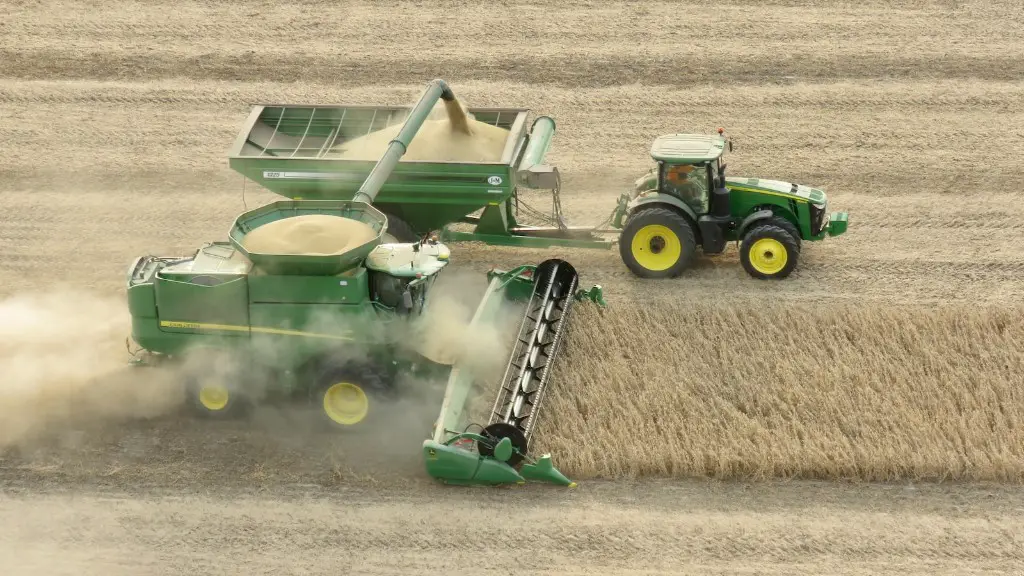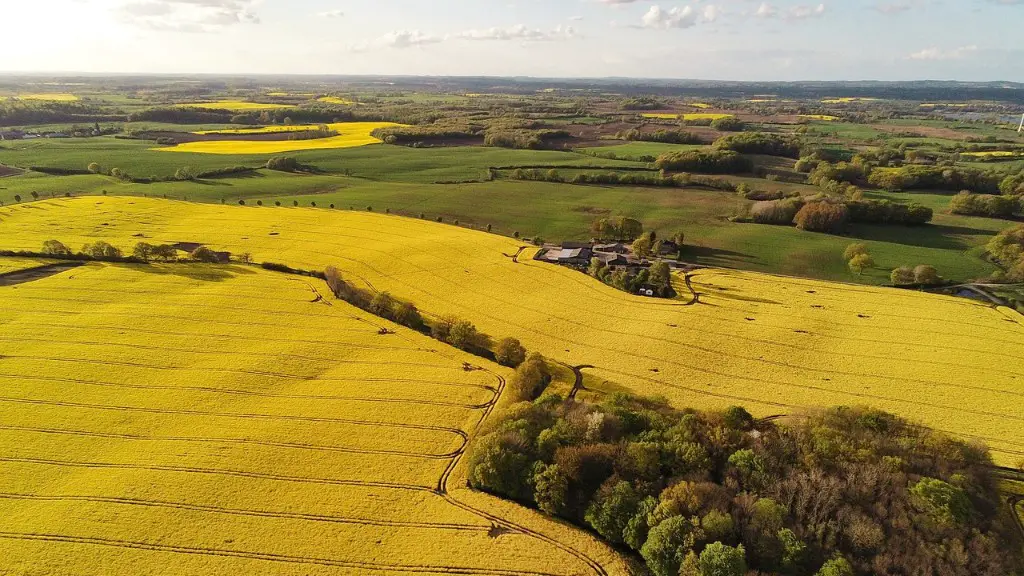Slash and burn agriculture has been practiced for centuries by traditional populations, and it is still used in regions all over the world today. It involves cutting down trees and other vegetation on a parcel of land and burning it in order to create nutrient-rich soils, and is a key component of sustainable agricultural systems. This type of agriculture is seen as a cost-effective and efficient way to cultivate crops in poorer regions, but it has been criticised for the environmental damage it can cause.
Ecosystem Impact
Slash and burn is considered to have severe impacts on ecosystems. Burning forests and woodland, particularly when done irresponsibly and out of season, can cause air, soil and water pollution, and can be a major source of carbon dioxide emissions. This contributes to global warming and can cause major damage to the environment and biodiversity.
When Burning on a large scale, it can also disrupt the hydrological cycle which can cause flooding, erosion and landslides, particularly if forests are removed from steeply sloping land. This destruction of forests and woodland can also lead to biodiversity loss, diminishing the supply of food, water and energy.
When slash and burn is mismanaged or done too frequently, the soils can become infertile and unable to support base nutrients. This adds to environmental damage, as well as causing water shortages and famine.
Used Where?
Slash and burn agriculture is primarily found in tropical regions such as Central America, South America, Southeast Asia and parts of Africa, including Ethiopia and Mozambique. It is also used in areas like India, Indonesia and China, although much less extensively than in other locations.
The countries adopting this type of agriculture tend to be poorer, as they lack the money or access to alternative technologies such as fertilisers and seedlings. This is why it is often seen as the alternative to industrialized agriculture, as it requires very little in terms of investment or infrastructure.
Slash and burn is also seen as cost-effective, as it does not require expensive agricultural machinery or herbicides, and can be done relatively quickly. This is why it is often seen as a viable option for farmers in poorer regions, as it can improve yields in the short-term.
Risks
Whilst it offers short-term benefits, slash and burn can be damaging and destructive in the long-term, as the lack of tree cover can lead to more erosion and drought. The soil can become too dry and infertile to sustain crops, leading to barren fields, famine and a loss of biodiversity.
The risks of slash and burn affect not only local environments, but also wider communities. Air, land and water pollution can cause major health problems, and can spread to neighbouring areas, causing cross-border disputes.
The increased prevalence of global warming caused by slash and burn can also have devastating effects, as it can raise sea levels, reduce agricultural yields, cause freak weather conditions and bring about extreme climate events.
Mitigation Strategies
There are a number of strategies that can be used to reduce the environmental damage from slash and burn. These include using integrated pest management strategies, improved burning techniques and agroforestry. Agroforestry involves planting trees alongside crops, which can increase income and reduce the amount of nutrients lost from the soil.
It is also important that local and national policies are developed, to ensure that slash and burn is only used when absolutely necessary. Governments should also invest in agricultural extension, to help introduce and promote sustainable agriculture systems.
Finally, smallholder farmers should be supported through access to credit and much-needed inputs and equipment. This can help to mitigate the risks of slash and burn, and can be used to support a much more sustainable form of agriculture.
Upscaling Sustainable Agriculture
In order to reduce the environmental impact of slash and burn, much more needs to be done to scale-up sustainable and resilient farming systems. This involves investing in the provision of land, water, inputs and training for smallholder farmers, who are the primary users of this type of agriculture.
Agroforestry, improved burning techniques and mulching can all be used to reduce the damage inflicted on the environment. This can be done by replanting forests and tree-cover, to reduce carbon dioxide emissions, improve soil fertility and increase biodiversity.
Integrated pest management can also be used to reduce the environmental damage, as it involves using environmentally-friendly techniques such as biological control, natural predators and mating disruption to manage pests. This can reduce the amount of chemicals used, and can help to maintain healthier and more diverse ecosystems.
Finally, researchers and development agencies need to work together to increase access to finance, technology and training for smallholder farmers. This can be used to promote the adoption of more sustainable agriculture practices and technologies, reducing environmental damage and poverty in the long-run.
The Role of Education
Education is also key to reducing the environmental damage caused by slash and burn. It is important that farmers understand the risks associated with this type of agriculture, and it is essential that they are taught how to use it responsibly.
Training can be provided through local extension services, which can help farmers to improve yields, reduce risk and become more resilient to extreme weather events. This can be complemented by technology transfer, which can help to introduce more affordable and efficient farm inputs.
Education is also necessary in terms of spreading awareness of sustainable agriculture practices, and in developing a shared understanding of the effects of climate change. This can help to drive change, and encourage the adoption of alternative farming technologies and practices.
Economic Impact
As well as environmental risks, slash and burn can also have severe economic implications. It is usually practiced by poorer farmers, and it can lead to lower crop yields, food insecurity and reduced incomes. This can in turn lead to increased poverty and inequality, particularly in areas where it is done on a large scale.
In some cases, it can also lead to a ‘downward spiral’, in which deforestation and soil erosion cause more land to become barren, and farmers are unable to pay for agricultural inputs or use improved cultivation techniques. This can further reduce crop yields and cause increasing levels of poverty.
Finally, the destruction caused by slash and burn can also have major implications for rural and regional development. The area will become less attractive to investors and businesses, and it can reduce the amount of money flowing into rural areas. This in turn reduces access to healthcare, education and other basic services, further diminishing economic opportunities and increasing poverty.
